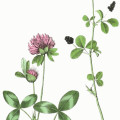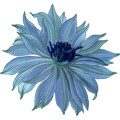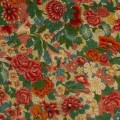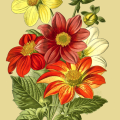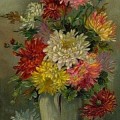Flower Designs
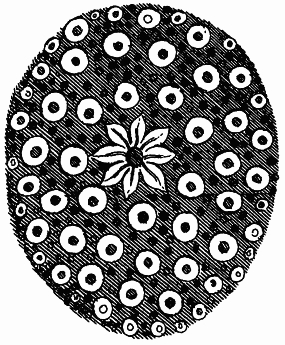 This collection of flower designs is from a vintage book about the Arctic and Antarctic Poles written in French.
This collection of flower designs is from a vintage book about the Arctic and Antarctic Poles written in French.
Even using Google translate, I’m not exactly sure what these drawings represent. It might be constellations or some sort of other formations.
Regardless of what they were originally drawn to represent, I think they are interesting flower designs that some of you might find useful.
This first one is shaped like an egg with stripes dots, circles and a central flower. It reminds me quite a bit of a Zentangle drawing. I think the book dates back to 1723, according to the date within the text of M. DCC. XXIII.
If you really want to make this first image striking, try inverting it with your graphics program.
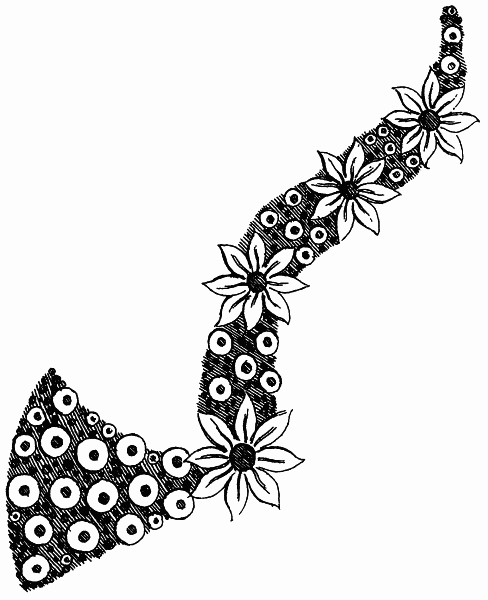
This design is reminiscent of a trumpet covered in flowers and the Zen design.
It too has a striped background with circular shapes.
It has four flower designs instead of one like the first design.
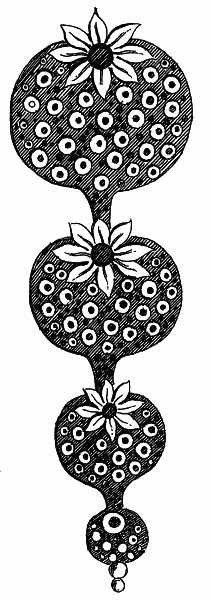
I think of all the flower designs, this one is my favorite. It kinda reminds me a stacked strawberries in graduated sizes.
All but the smallest tier has its own flower at the top of the tier.
I’m not sure how you could incorporate this almost 300 year-old drawing into a creative work of your own, but I would love to see what someone comes up with.
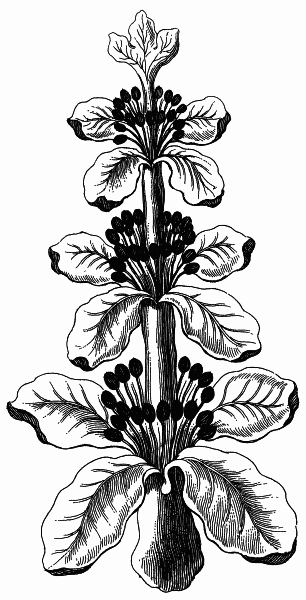
With the help of Google Translate, I was able to decipher that this is actually a drawing of a flower the explorers discovered during their expedition.
Their original description, translated into English is as follows:
He throws leaves three floors distans enough of each other. They are all covered with a kind of down, All which makes the soft touch like velvet, and lined around the world more beautiful yellow. Above the leaves, and exactly Where They are attached to the trunk, you can see out of EACH at the end of a very long tail, small red seeds the size of peas form a perfect circle & the top They are a bunch of seeds thesis, pressed hard & tight, HAS Almost All which the figure of a little Pomme de Pin (pine cone)
Can you just imagine, being an explorer back in the 1700s and being perhaps the first person to discover a new plant? Walk on ground no one has walked upon before? Leave home not knowing if you’ll get to where you intend to or if you’ll even make it back home?
Do you think expedition members felt their discoveries were worth months at sea on old wooden sailing ships?
I do hope that someone can find a use for this flower design. It’s just an outline drawing, so it could easily be colorized to match your own project.
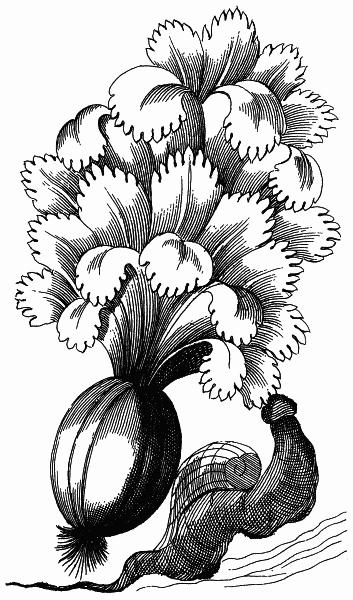
This too was described in the original text as being a flower the group encountered. They found the plant remarkable for its beauty. They mentioned that the edges of the leaves are sharp as thorns. It was a “very pale greenish” color and full of wide veins. They described the roots as looking like a melon but the flesh smelled quite disagreeable.
Yes indeed, that is a snail at the base of the plant. He too was described as being quite beautiful with a greenish shell. When the snail moved, it left a track of white foam. (I think because the translation got a little garbled at this point.)
While they didn’t identify this plant as being a flower, I think it makes a great flower design, with and without the accompanying snail.
Again, this drawing is an outline of sorts and could easily be colorized to match your project.
